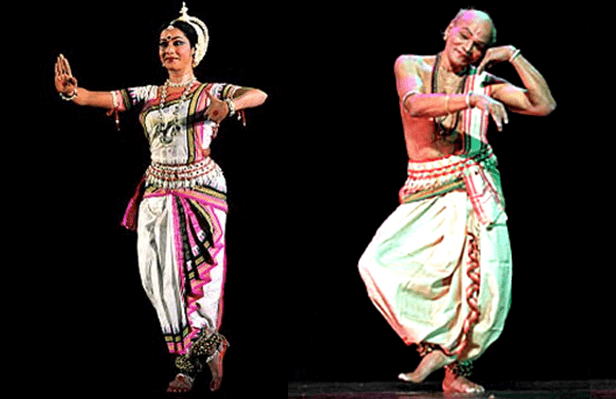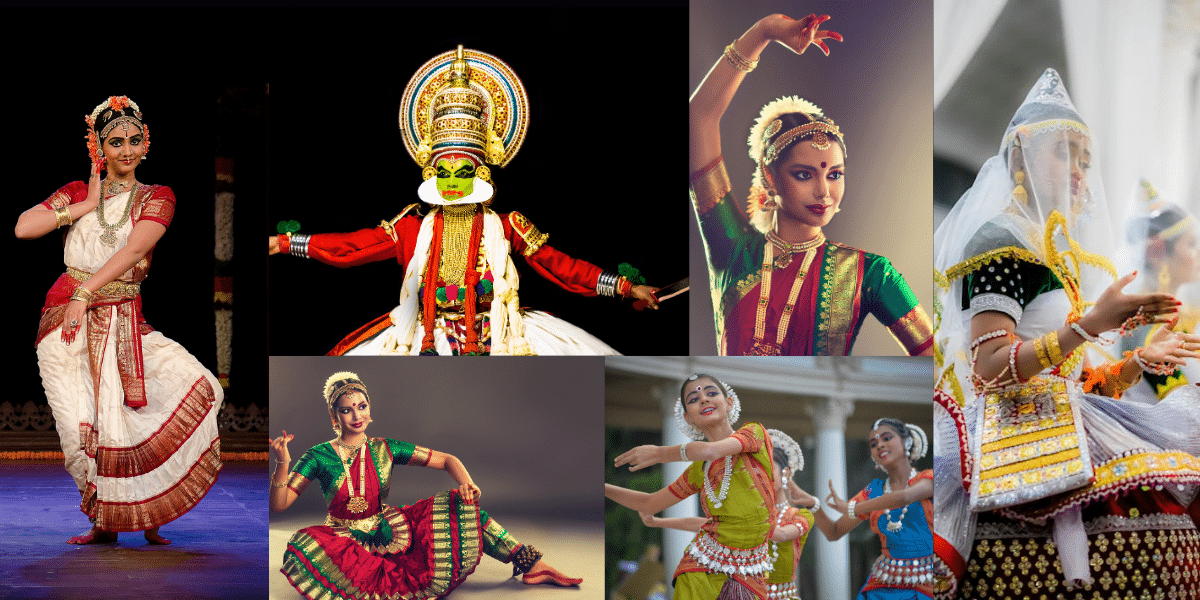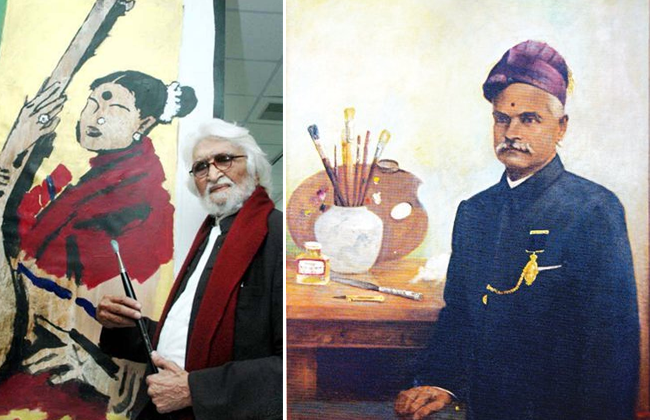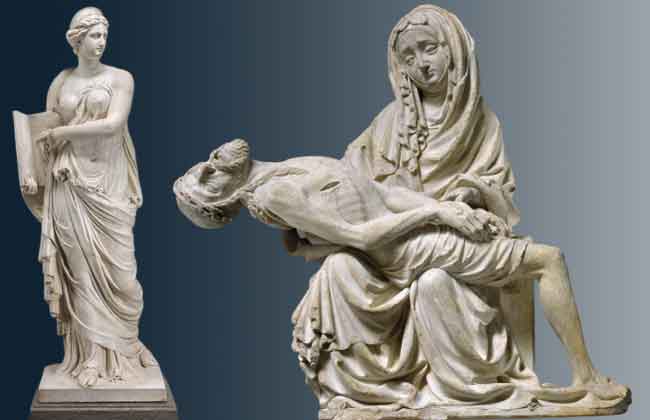Indian classical dance is one of the oldest and most respected art forms in the world. Rooted in spirituality, mythology, and cultural traditions, these dances evolved over thousands of years as a way to express devotion, tell stories, and preserve heritage. The history of Indian classical dance is deeply tied to the country’s religion, literature, and temple traditions.
Origins in Ancient Texts
The earliest references to Indian dance can be found in the Natya Shastra, an ancient Sanskrit text written by Bharata around 200 BCE to 200 CE. This text laid the foundation for performance arts in India, describing techniques of movement, expressions, music, and stagecraft. Dance was considered a divine offering to the gods, a way to connect with spirituality, and a tool for storytelling.
Temple Traditions
Temples served as the first locations for classical dance, which was practiced as a form of prayer to the gods. Dancers, often known as Devadasis, expressed stories from epics such as the Ramayana, Mahabharata, and Puranas through graceful gestures (mudras), facial expressions, and rhythmic movements. Dance was not only entertainment but also a sacred ritual to honor gods and preserve cultural values.

Regional Styles and Development
Over centuries, classical dance evolved into distinct regional forms across India, each with its own style, technique, and cultural flavor:
- Bharatanatyam (Tamil Nadu): Known as the oldest dance form, focusing on devotion and storytelling.
- Kathak (North India): Originally a form of temple narrative, it was later improved in Mughal courts with Persian influences.
- Odissi (Odisha): Distinguished by fluid movements and sculpturesque poses, often dedicated to Lord Jagannath.
- Kathakali (Kerala): A highly dramatic form combining elaborate costumes, makeup, and storytelling from Hindu epics.
- Kuchipudi (Andhra Pradesh): A blend of dance, music, and acting with roots in village traditions and spirituality.
- Manipuri (Manipur): Known for its graceful, devotional style, often performed in worship of Lord Krishna.
- Mohiniyattam (Kerala): A soft, feminine dance form emphasizing elegance and devotion.
Evolution in Modern Times
With colonial rule, many classical dances declined as temple traditions weakened. However, in the 20th century, revival movements and cultural institutions helped preserve and promote them. Today, Indian classical dance is celebrated worldwide, performed on global stages while still holding its spiritual essence.
The cultural diversity of India, which combines religion, art, and narrative, is reflected in the history of Indian classical dance. From temple rituals to global recognition, these dances continue to be a symbol of India’s heritage, spirituality, and artistic excellence.
![]()





